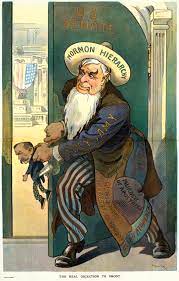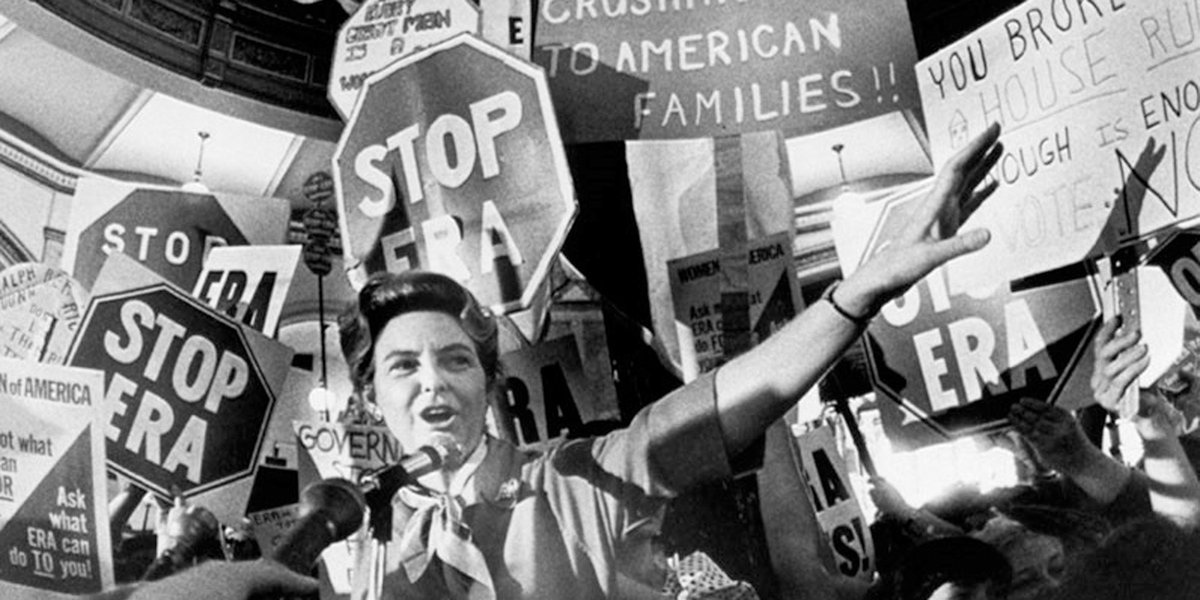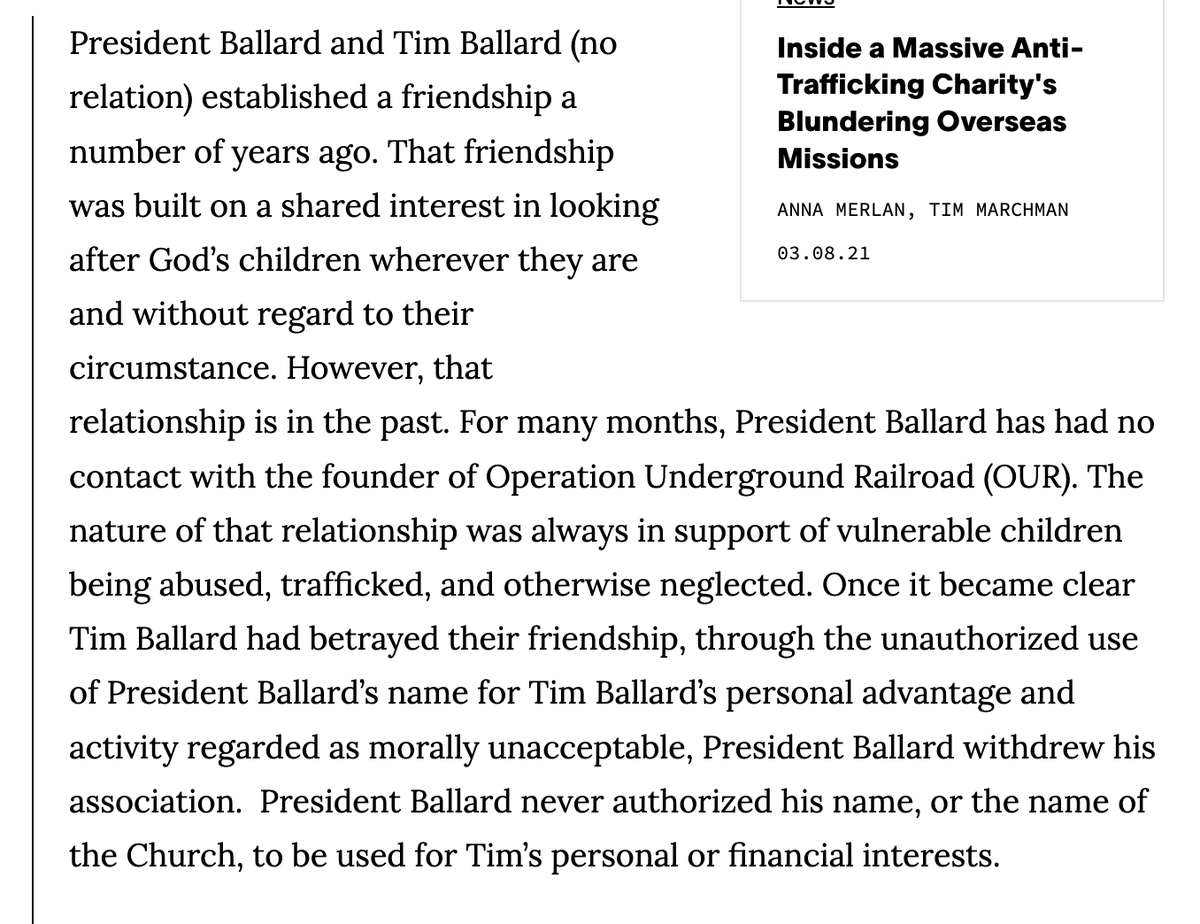This topic has come up quite a bit in the last while, so I thought I'd do a new #MormonAmerica thread.
Let's talk about the last century of Mormonism & American politics; or, the road to modern-day conservatism. /1
Let's talk about the last century of Mormonism & American politics; or, the road to modern-day conservatism. /1

Modern day observers often, and justifiably, think Mormonism & conservatism are synonymous. However, that has not always been the case. Indeed, when looking over the entire past century, the LDS connection to GOP is a recent creation.
It's a fascinating tale. /2
It's a fascinating tale. /2

When Mormon leaders gave up (public) polygamy in 1890, they also dissolved their own political party, the "People's Party." This now forced them to choose between the two parties, both of which had baggage & benefits. /3 

There was a problem: a majority of LDS were likely to lean Democrat, but it was the GOP that were backing Utah statehood. Further, several LDS leaders, like Joseph F Smith, were stalwart Republicans. So they embarked on a public campaign to support the party. /4 

(If you want more on this fascinating pivot, check out my previous thread on Utah statehood.) /4.5
https://twitter.com/BenjaminEPark/status/1346254442325278721
But while there were prominent LDS Republicans, including Apostle Reed Smoot who served in the senate, Utah retained a strong Democratic presence. Statewide elections often when Dem due to historic & philosophical reasons. There was thus a divide between leaders and members. /5 

A major shift began in the 1930s. President Heber Grant, a lifelong Democrat, converted to the GOP due to prohibition. And he added J. Reuben Clark, a devoted & partisan Republican, to the First Presidency. They both detested FDR & the New Deal. /6 

Yet even as they opposed the New Deal--and published endorsements of his opponents--Mormons continued to vote for FDR at every election & overwhelmingly support federal intervention. But LDS & Democrat leader Henry Moyle observed that Grant & Clark started a shift. /7 

Mormons still backed Dems--including strong support for LBJ's Great Society in 1964--but the culture wars in the late-sixties shifted the political landscape. Led by Ezra Taft Benson, Mormons bought in on the new culture wars that formed a new conservative coalition. /8 

(If you want more on Mormonism during the Civil Rights debate, check out this previous thread.) /8.5
https://twitter.com/BenjaminEPark/status/1267489043840827392
(And if you want more on the anti-intellectual tradition that stems from this era, see my Washington Post essay.) /8.75 washingtonpost.com/outlook/2021/0…
This trajectory was confirmed in late-70s & 80s with the rise of the Religious Right. Mormons found cultural inroads with religious conservatives over gender politics & were part of the new coalition. Sucked in w/the southern strategy, they became tethered w/family values. /9 

As I wrote about the Tab Choir's performance at his inauguration, the LDS community's embrace of Trump demonstrates how far that relationship has come. Having previously been political outsiders, they can't fathom no longer being party loyalists. /10 religiondispatches.org/mormon-taberna…
Among the many lessons from this story is a reminder that no political coalition lasts forever. Today's configuration would have seemed impossible in the 1930s. So who's to say where the Mormon vote will go from here? /fin
And for those who like the different medium, here's the TikTok version of this thread. tiktok.com/@benjaminepark…
• • •
Missing some Tweet in this thread? You can try to
force a refresh













